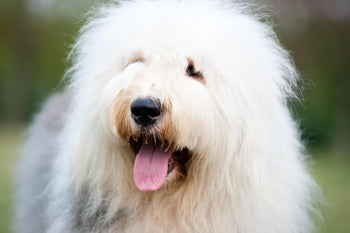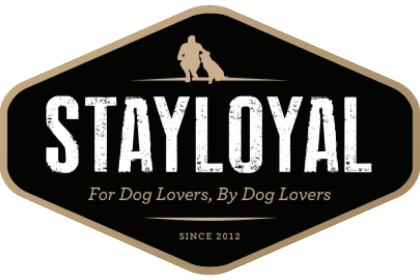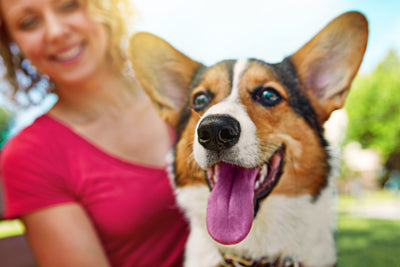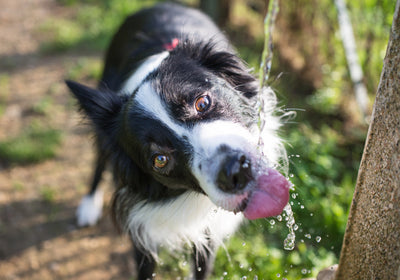Urinary Tract Health: The Effects Of Spaying And Other Ways To Keep Your Dog Healthy

Your dog’s urinary tract health is important. When bacteria enter the urethral opening, it can cause crystal and stones in the bladder, incontinence and bacterial infections. Urinary Tract Infections (UTIs) are painful for your dog. Symptoms include:
· Excessive water intake
· Frequent urination
· Pain while urinating (some dogs will whimper or cry out)
· Incontinence
· Blood in the urine
· Trouble urinating
· Frequent licking of genital area
Some dogs will not even want to be touched, especially in their abdomen area, where it hurts. If you suspect your dog may have a UTI, a vet visit is a must. They will need antibiotics to kill the bacteria. Sometimes, if there are crystal or stones, surgery is required to remove the blockage.
SO, WHAT ABOUT BOOSTING URINARY TRACT HEALTH?
It’s clear that keeping the urinary tract healthy is important. Not only does it prevent UTIs, but can prevent or delay incontinence, something no dog owner likes to deal with!
Interestingly, a new study in the U.K. has found a correlation between spaying females and early-onset incontinence. Typically, incontinence is something we think of as relating to only senior dogs, however dogs as young as 2 years old can have problems – that’s a long time to have to change your dog’s diaper or clean up accidents in the house.
So, what can cause it? The study in the U.K. looked at 72,971 female dogs born between January 1, 2010 and December 31, 2012 that were followed for the study up to March 31, 2018. Within this study, they found two correlations that should be of interest to owners of female dogs.
First, females that are spayed are 2.12 times more likely to develop urinary incontinence than those left intact.
Second, females spayed under the age of six months are 1.82 times more likely to develop early incontinence (within the first two years following the procedure) than females that were spayed at 6-12 months old.
The study also found that urinary incontinence risk was greater with increased bodyweight. Dogs over 15kg are approximately 7 times more likely to become incontinent. And certain breeds are more at risk as well, including the Irish Setter, Rough Collie, Bull Mastiff, Doberman, Dalmatian and the Boxer (earlier studies also found the Old English Sheepdog, Rottweiler, Weimaraner to be at high risk).
Staying Healthy from the Inside Out
For any dog – male or female, spayed or not – there are things you can feed your dog to help keep their urinary tract healthy. Optimum health includes a urine pH of just below neutral. Urine that is too alkaline can cause struvite crystals. Too acidic can cause calcium oxalate crystals. Both are problems.
Some dog food companies have over acidified their diets (especially urinary tract diets), thinking they can help prevent struvites, which used to be the most common type of crystal. However, too much acid is not good either, as mentioned.
Instead, it’s better to add a bit of acid, gently and slowly, by using some of these additives:
· Cranberries or cranberry extract
· Vitamin C
· Shellfish
· Rabbit
· Chicken
· Garlic
If your dog is prone to crystals, slightly reducing magnesium can help but be careful! Magnesium is essential for muscle and bones, so you do not have your dog to be lacking either. It’s best to ask your vet about adding any of these to your dog’s diet for urinary tract health. They can recommend how much to feed and which additives would be best for your particular dog. To start, they can check your dog’s urine pH so you can establish a baseline and see if you need to add or subtract acid before an issue arises.
Feeding a balanced diet will go a long way to prevent UTIs and maintain your dogs urinary track health. Always watch for the above symptoms, however, that will let you know a vet visit may be in order. This will keep both you and your dog happy!








